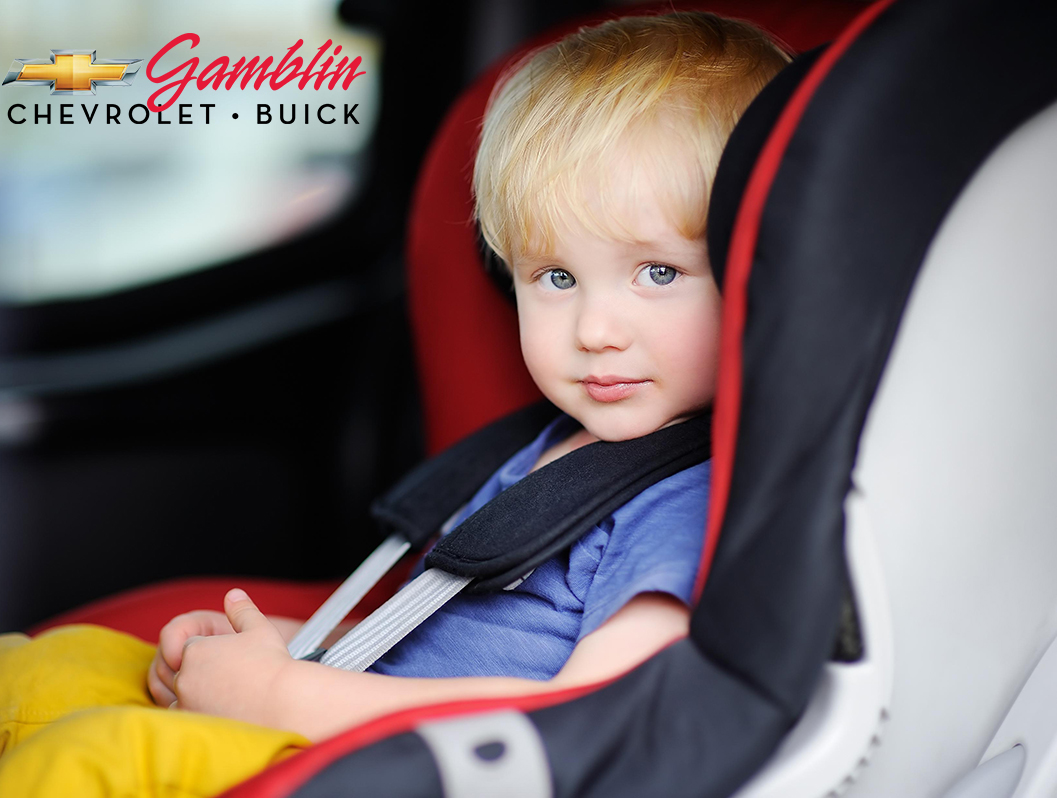 The best way to keep you child safe while driving is to have them properly secured in a CSS (car safety seat). Motor vehicle crashes are the number one cause of death for children over one year. To help keep our children safe, doctors and government agencies have set important guidelines for all parents to follow.
The best way to keep you child safe while driving is to have them properly secured in a CSS (car safety seat). Motor vehicle crashes are the number one cause of death for children over one year. To help keep our children safe, doctors and government agencies have set important guidelines for all parents to follow.
The AAP (American Academy of Pediatrics) and NHTSA (National Highway Traffic Safety Administration) agree a rear-facing safety seat is the best seat for a young child. The AAP recommends a rear facing seat until at least two years of age or until the seat’s limits have been reached. Once a child outgrows the limits of their rear-facing infant seat, the infant or toddler should continue to ride in a rear-facing convertible seat for as long as possible. Most convertible car seats allow a rear-facing position for up to 35 pounds, and it is recommended that until your child hits the limits for the seat, they should be in a rear-facing position. In other words, keep your child rear-facing as long your seat allows. This shift from one year of rear-face to two years or more of rear-face positioning is due to current research showing better neck and spinal cord support in the rear-facing position. A physician representative for the AAP explains, ““A rear-facing child safety seat does a better job of supporting the head, neck and spine of infants and toddlers in a crash, because it distributes the force of the collision over the entire body. For larger children, a forward-facing seat with a harness is safer than a booster, and a belt-positioning booster seat provides better protection than a seat belt alone until the seat belt fits correctly.” As a child’s height and weight in accordance to age differs from child to child, it is important to know the limits for your CSS and follow accordingly.
Once your child has outgrown the limits for their rear-facing convertible seat, it is time to face them forward. The height and weight limits increase for a convertible seat once they are placed in the forward-facing position. According to the AAP “There is a safety advantage for young children to remain in CSSs with a harness for as long as possible before transitioning to booster seats.” The NHTSA agrees that keeping your child in a forward-facing car seat with a five point harness is the safest mode of travel until the seat’s height and weight limits have been reached. Once a child has reached the limits for a forward-facing car seat, it is time for a booster seat. The booster seat, like the infant and convertible seat, should still be placed in the back seat of the vehicle. Booster seats aid in keeping the seat belt in the proper position for a younger child. A child is not ready for a seat belt until it properly fits without the aid of a booster. A seatbelt without booster assistance typically fits a child correctly once they have reached 4 feet 9 inches in height and are between the ages of 8 and 12. The NHTSA advises that “for a seat belt to fit properly the lap belt must lie snugly across the upper thighs, not the stomach. The shoulder belt should lie snug across the shoulder and chest and not cross the neck or face.”
To learn more about these recommendations click the following links: http://bit.ly/1ObXw7J, http://bit.ly/1WFdZZi, http://bit.ly/2rRurOZ.

Leave a Reply
You must be logged in to post a comment.